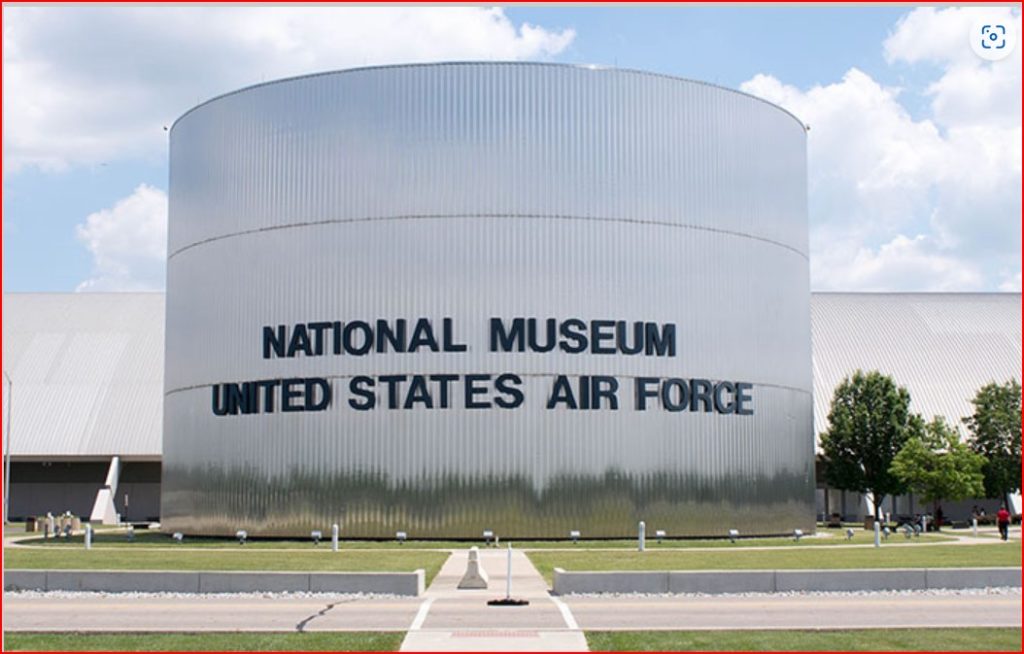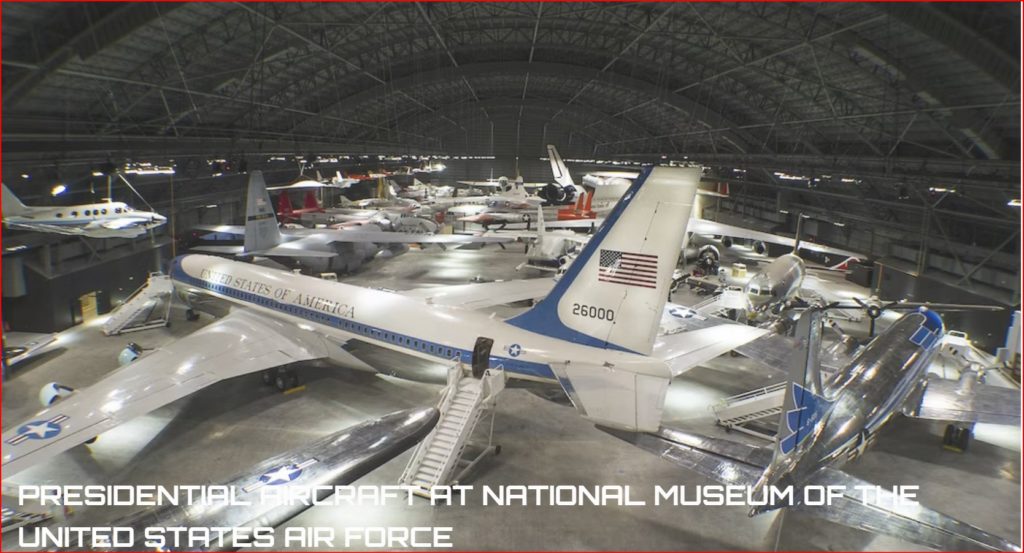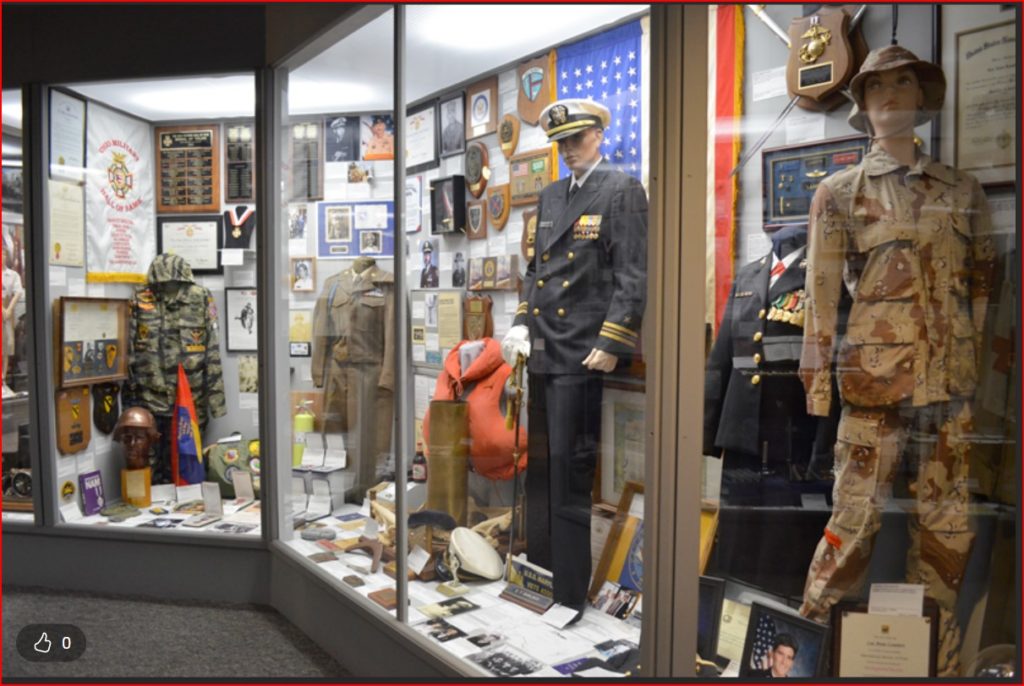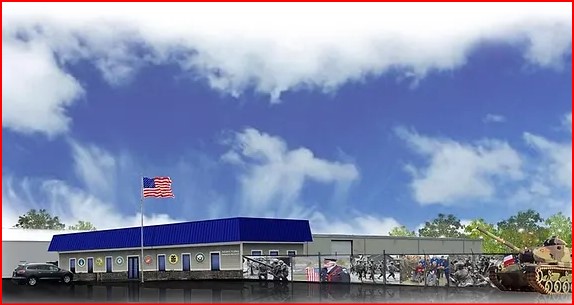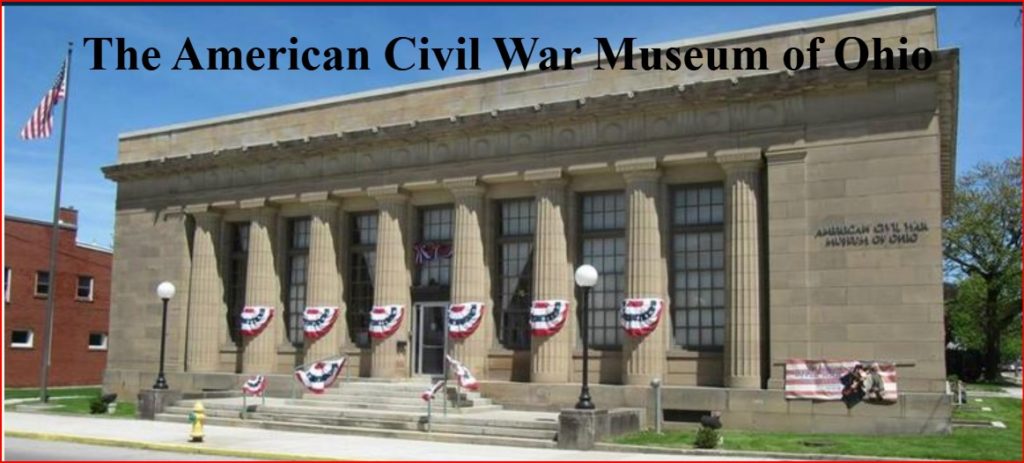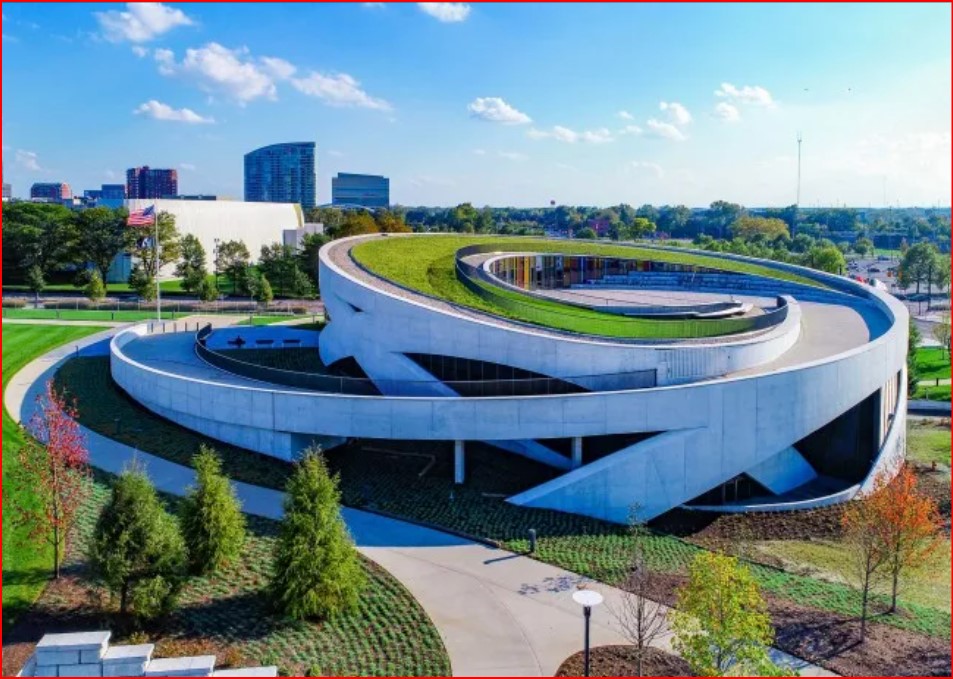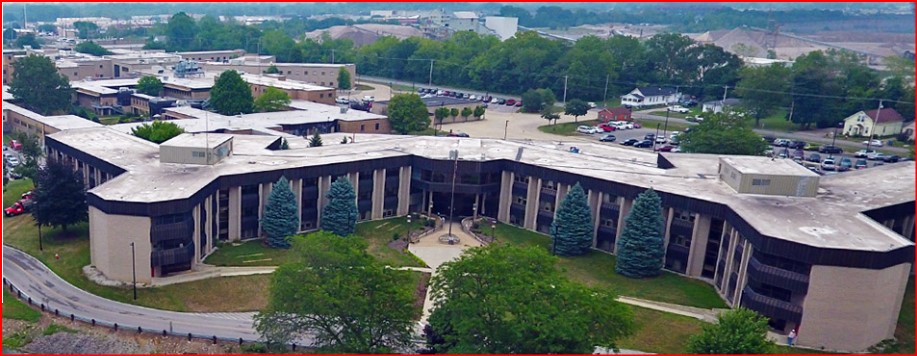Ohio - Exciting and Diverse - Section 2 - Conflict
Native Americans in Ohio
Like other states, the history of Native Americans in Ohio is sad. Once numerous, they are nearly extinct in Ohio. Why? Typical reasons: greed, prejudice, disease, religious intolerance, life-style conflicts, warfare, land encroachment, loss of hunting ground, and disappearance of wildlife. The U.S. government declared war against Native Americans. Was this justified? Sometimes. Some Indians brutally tortured victims and did not discriminate, killing even young children and infants.
Even in Ohio, we drove them into reservations. Through the Greenville Treaty, we drove them into an isolated region in northwest Ohio. Because Native Americans did not have deeds or practice private land ownership, it was often easy to drive them out and take possession. Instead of seeking assimilation, neither settlers nor Native Americans really wanted to compromise.
Indian villages usually existed along major rivers. Most of Ohio was a hunting ground and too wet for other settlements.
What Native American Tribes lived in Ohio? The largest groups were related and had a common language – Algonquian. This group included in Ohio the Mohican, Delaware (also known as Lenni Lenape or Lenape) Shawnee, Mingo, Miami and Wyandot. Another group was the Iroquois Confederation which included in Ohio the Seneca, the Cayuga and Iroquois. The Kaskaskia were part of the Illiniwek nation, but the only Illiniwek tribe in Ohio. The most powerful tribe in Ohio was the Miami. The Erie are extinct (massacred by the Iroquois) and less than 400 kaskaskia remain and live in Oklahoma along with remnants of the other tribes. The Native Americans in Ohio were mostly Woodland Indians. Most did not use horses. Horses were introduced into southwestern United States by the Spanish as early as the 1400’s. Columbus has horses onboard. Native Americans in the west used horses. When Woodland Indians moved into the Great Plains either voluntarily or by force, they adopted the horse. The transition from a woodland culture to a horse culture was rapid, nearly 20 years in the late 1700’s. There was limited use of horses by Eastern U.S. tribes because heavy forest was not suited for hunting or warfare with horses.
Before the Indian Removal Act of 1830 under President Andrew Jackson, most Native Americans had already left Ohio. Some had gone west and became Plains Indians, others fled north into Canada. European concepts of land ownership and farming methods including fencing, made it impossible for the Native Americans and other peoples to live together peacefully. It meant starve, move-out or be driven out.
In 1781, a band of Delaware Indians asked to stay overnight in Gnadenhutten, Ohio at the Moravian settlement. The Indians living there were Lenape and Mohican. They had become Christian and were part of the Moravian community and were pacifists. Because of the war with the Delaware Indians, a group of U.S. militiamen from Pennsylvania attacked and massacred 96 men, women and children in the Gnadenhutten Massacre. This is sometimes compared to the My Lai Massacre in Vietnam by the U.S. Army of perhaps as many as 504 civilian men, women, children and infants.
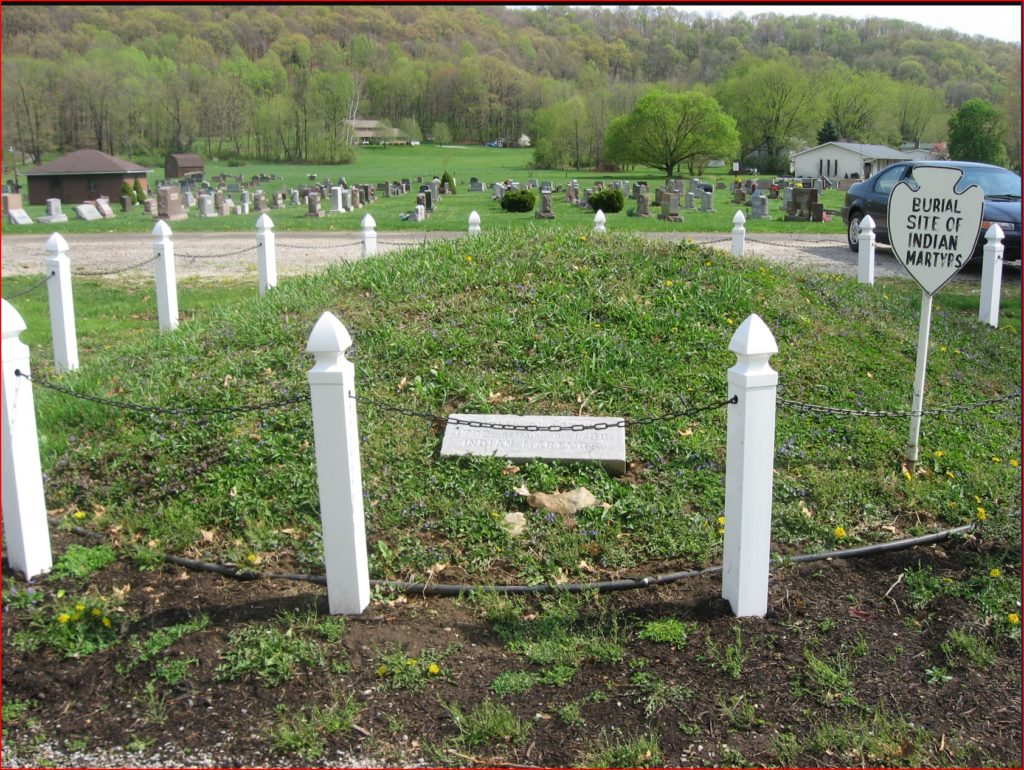
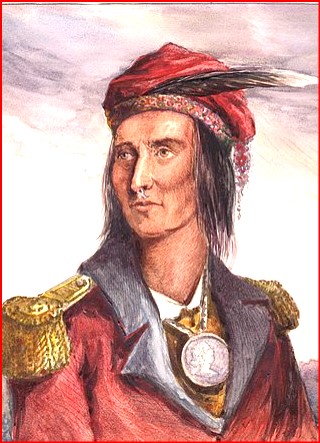

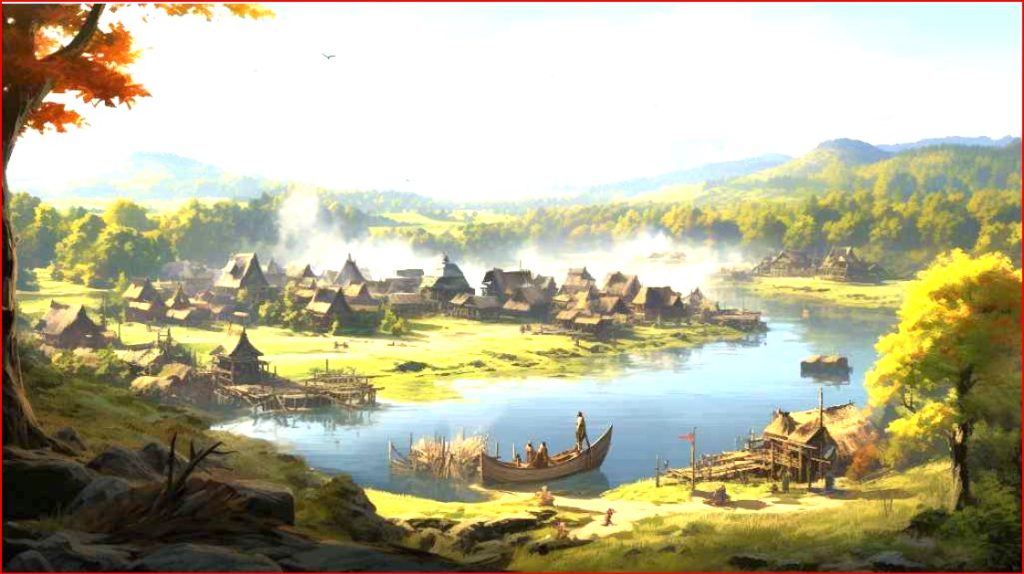
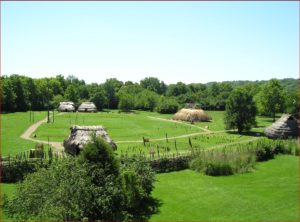
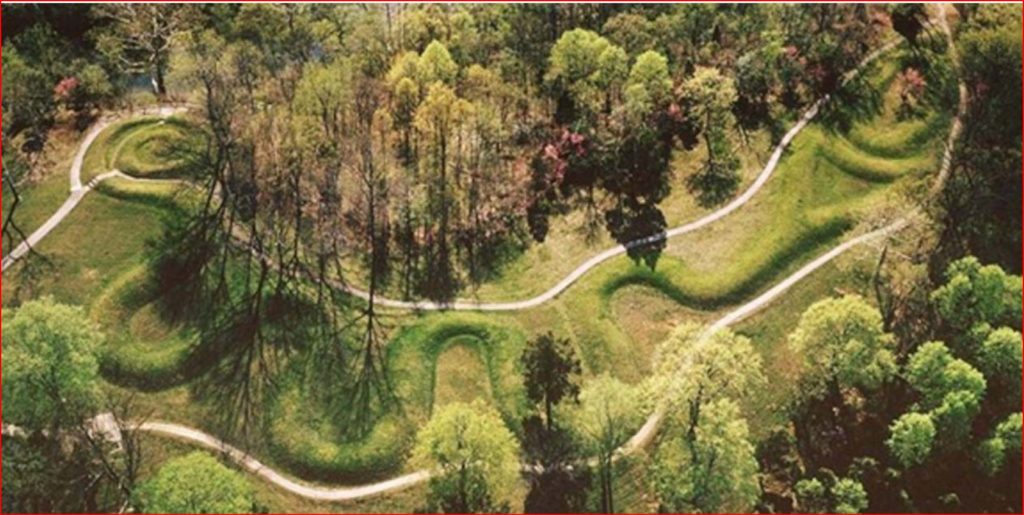
Blennerhassett Island and the Aaron Burr Conspiracy
Blennerhassett island is located in the Ohio River, between Marietta, Ohio and Parkersburg, West Virginia. Today it is an Historical State Park, It was occupied by Native Americans and was called Backus Island. In 1798 Harman Blennerhassett purchased the island and renamed it. In his house, Harman supposedly plotted treason against the United States as part of the Aaron Burr Conspiracy. The house burned to ground in 1811. Blennerhassett was an Anglo-Irish lawyer. The conspiracy was an alleged military plot with Britain to separate the Louisiana Territory from the United States. He was arrested and financially ruined. He moved to Canada and then England where he died. He was also known because of his illegal marriage to his niece, his sister’s daughter.
Burr is known, of course, for his 1804 duel with Alexander Hamilton in which he shot and killed Hamilton. The duel was the result of a bitter political rivalry. Burr was the Vice-President, and Hamilton the former Secretary of the Treasury. The political rivalry was between the Democratic-Republicans (Burr) and the Federalists (Hamilton). Burr challenged Hamilton to the dual, citing malicious and false accusations. Hamilton had already been involved in more than a dozen affairs of honor. Claims were made that Hamilton purposely missed Burr, but this is unproven. All that were present, had their backs turned and didn’t see the shots. Burr shot Hamilton in the stomach and he died the next day. Hamilton’s shot hit a tree branch above Burr.
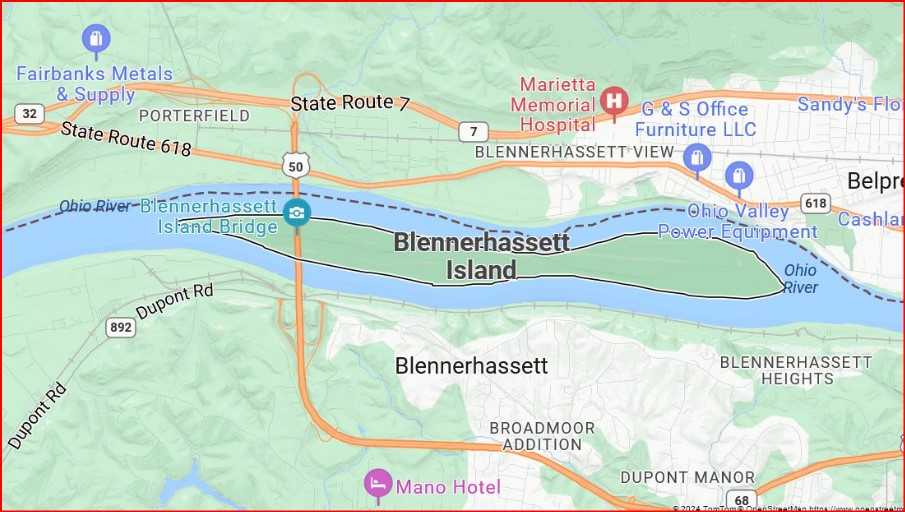
People who have lived in Ohio have fought and died in every United States war. This article on Ohio will only discuss war that has taken place on Ohio Soil.
Indian Wars
Settlers were fighting with Native Americans (Indians) for many years before the creation of the State of Ohio. The Northwest Indian War of 1785-1795 was conflict between the U.S and Northwest Confederacy of Native American nation is designated as the first of the American Indian Wars. Even though the Revolutionary War and the Treaty of Paris established the borders, Britain still encroached and allied with Native Americans. The Native Americans led by the Huron Tribe declared that land north and west of the Ohio River were Indian territory. The U.S. initially suffered defeats (Harmar & St. Clair) that destroyed the U.S. Army and left the U.S. vulnerable. There was real possibility of a new Revolutionary War with Britain.
President Washington then appointed General Anthony Wayne to organize and train a new armed force called the Legion of the United States in 1792. A campaign was led against Native Americans and their British allies in a series of battles along the Great Miami and Maumee river valleys leading to a decisive U.S. victory at the Battle of Fallen Timbers the final battle of The Northwest Indian War at what is now Maumee, Ohio. The defeated Indian Tribes were forced to cede most of what is present-day Ohio and were restricted to an area north of the Greenville Treaty Line in 1795. The U.S. signed a treaty with Britain called the Jay Treaty which closed Britain’s outposts along the Great Lakes in U.S. territory. This Jay Treaty angered France and triggered the formation of pro-treaty Federalists, and anti-treaty Democratic-Republican Party.
During the French and Indian War of 1754-1760, France and Great Britain fought for control of the region south of the Great Lakes – the Ohio and Illinois countries. Native Americans fought of both sides depending on which side most met their needs. The Indian tribes on the British side were the Iroquois Confederacy, Wyandot, Catawba, Cherokee Nation and Mingo. The Indian Tribes on the French side were the Wabanaki Confederacy of Abenaki, Mi’Knaw, Algonquin, Lenape, Ojibwa, Ottawa, Shawnee, and the Fort Detroit Wyandot. The British and Indian allies losses were 1, 512 killed in action, 1,500 died of wounds, 10,400 dies of disease. French and Indian allies losses are unknown.
Toward the end of the Revolutionary War, George Rogers Clark led an attack against a Shawnee village in the Miami River Valley, completely destroying the village. Later in 1780 at the Battle of Piqua, U.S. losses were 44 killed and 40 wounded. Indian losses were verified 5 killed and 3 wounded, but Indian losses were probably much higher.
Tecumseh’s War 1811-1812. Tecumseh was a Shawnee chief who promoted resistance to expansion of the U.S. into Native American Lands. He formed a Native American confederacy and is an iconic folk hero in American, Indigenous, and Canadian popular history. He was killed in the Battle of the Themes in Upper Canada in Oct 1813 during the War of 1812.
American Revolutionary War
Revolutionary War of 1775-1783. There were no significant battles fought is what in now Ohio, but many veterans of the Revolutionary War settled in Ohio because of the Western Reserve, Firelands, and Virginia Military Lands regions. There was only one fort in Ohio during the Revolutionary War, Fort Laurens in Bolivar, Ohio. It was besieged in 1779 by the British and Wyandot, Mingo, Munsee, and Lenape. Twenty one soldiers died there. Only one soldier was never identified, and at the Fort Laurens Museum is the Fort Laurens’ Tomb of the Unknown Patriot. Bolivar is South of Canton on Interstate 77.
War of 1812
During The war of 1812-1814, Ohio was on the front lines, fighting against Great Britain, Canada, and their Native American allies. Fighting was intensive in the northeastern section of Ohio and along Lake Erie. The American Revolution was still very active in the memories of people from the United States, Great Britain, and France. Tensions and incidents such as impressment (kidnapping) of American seaman into the British Royal Navy has been traditionally viewed as the cause of the War of 1812. At the same time Britain accused the U.S. of doing the same (which is true). The total number impressed is fewer than 10,000, but it stoked outrage amount Americans and demanded Congress take action. The practice of impressment was considered all a legitimate form of recruitment by the British Royal Navy, the world’s premier naval power. Since the Royal Navy had a reputation of long voyages, harsh discipline and poor pay, anyone with any sense avoided recruitment efforts, and impressment became a necessary tool. Americans viewed personal freedom as a human right and impressment as an attack on international rights. To serve a foreign power against their will was an attack of personal liberty and a violation of due process. In 1796, Congress passed legislation allowing involuntary searches of foreign ships in American waters, and allowing official protests of suspected impressment at foreign consulates. Of course, Americans never protested when our Navy press-ganged foreign seamen! The U.S. Navy would get foreign sailors drunk in our taverns and then “Shanghai” them. War became inevitable. (This section is summarized from an article from the National Archives Prologue Magazine “The War of 1812: Stoking the Fires”, Summer 2012.) The full article can be read by selecting the impressment link above.
America knew that if war broke out between the U.S. and Britain, that the attack would probably come down through the Michigan Territory from Canada. The U.S. Army was based in Indiana, and three regiments of Ohio volunteers were formed, and gathered around Dayton, one just south and the other two north along the Mad River. The Ohio militia suffered casualties in two early 1812 battles – the Battle of Brownstown and the Battle of Maguaga in Michigan.
In 1811 The U.S. built Fort Meigs next to the Maumee River in Perrysburg, Ohio. It was besieged twice by the British and by Tecumseh, both attempts failed.
In September of 1813, the most famous battle occurred, the Battle of Lake Erie. This battle led by Oliver Hazard Perry against the British in Lake Erie resulted in the powerful British Navy, both in strength and number of guns, being forced to surrender to Perry who was more skilled, closing on the British ships since Perry’s guns were more powerful up close.
In my own family, an incident occurred during the War of 1812. My family has arrived from Wales in 1806 and settled in Radnor, Ohio, a small village in what is now Delaware County. During the war all Radnor residents were worried. A Wyandot Indian village had been 20 miles away, just north of what is now Plain City, Ohio and Native Americans were still in the area. Their allegiance was unknown. From Radnor to Franklinton (now a suburb of Columbus) is 41 miles. Franklinton was the closest fort in 1812. The story as told in the Delaware County History is that a during the war, a Lt. Drake rode through Radnor yelling “The Indians are coming.” The Radnor citizens panicked and quickly harnessed their wagons and headed toward the Olentangy Trail south to Franklinton. David Penry, my sixth Great-Grandfather was driving his wagon with his 7 year old son, David Jr., my 5th Great-Grandfather riding, in the back. The trail was rough wilderness and upon hitting a bump, little David fell out and was then picked up by another wagon of the Avery family. Drake could possibly have been Capt. William Drake who lived about 9 miles away in Waldo, Delaware Co., Ohio, who was an Indian Agent under William Henry Harrison. In 1805, Drake had purchased 640 acres north of Waldo. I have always wondered if the Avery family had not spotted him, would he have died? Do I owe my own existence to the Avery’s?
American Civil War
The American Civil War 1860-1865. Only one significant Civil War Battle occurred in Ohio, The Battle of Buffington Island. On 19 July 1863, a Union force routed a Confederate column of cavalry and artillery commanded by Brigadier General John Hunt Morgan. Morgan’s Raid of 2,460 cavalrymen travelled from Tennessee and ended up in Northern Ohio. Its purpose was to draw U.S. troops away from Vicksburg and Gettysburg campaigns. Morgan surrounded what was left of his troops near the Pennsylvania border. He and his senior officers were held in the Ohio Penitentiary in Columbus. They tunneled out, boarded a train to Cincinnati and escape into Kentucky. Morgan had been ordered by Confederate General Braxton Bragg not to cross the Ohio River, but because of Union success in Tennessee, he decided to cross anyway.
In Columbus, Ohio, Camp Chase was a military staging and training camp opened in 1861. It also include a large Prison Camp for Confederate prisoners. It has a cemetery holding the bodies of 2,260 Confederates who died in captivity at both Camp Chase, and Camp Thomas in Columbus and Camp Dennison located near Cincinnati. Camp Dennison contained a military hospital of 200 beds located in wooden barracks. Camp Chase and Camp Dennison closed in 1865 and Camp Thomas closed in 1866. Camp Chase held around 8,000 Confederate soldiers who had insufficient food, not deliberate, but because they Union Army desperately needed food too. Because it was crowded, there was disease, including smallpox. Columbus had a military hospital called Tripler Military Hospital for Union soldiers in Franklinton. In 1867 its 450 patients where transferred to the National Asylum for Disabled Volunteer Soldiers in Dayton, the largest veterans home in the nation. Today Tripler Military Hospital is located in Schofield Barracks in Oahu, Hawaii as a level II trauma Center. It serves 530,000 people in the Pacific. Brig.Gen Charles Stuart Tripler was a legendary Civil War medic.
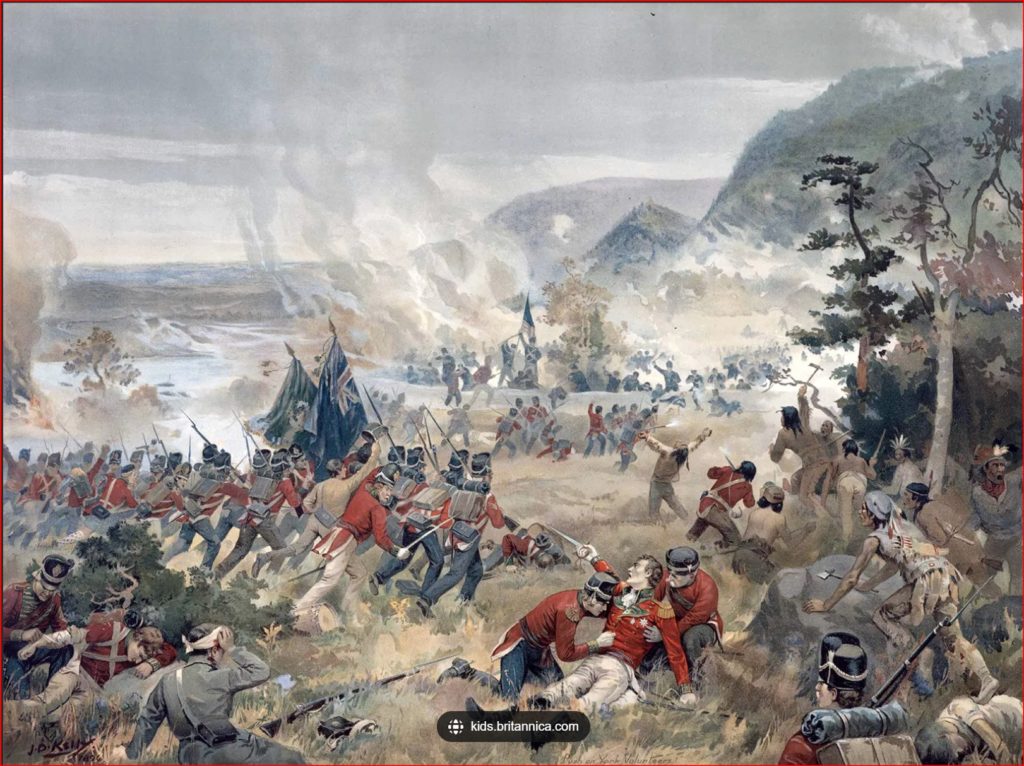
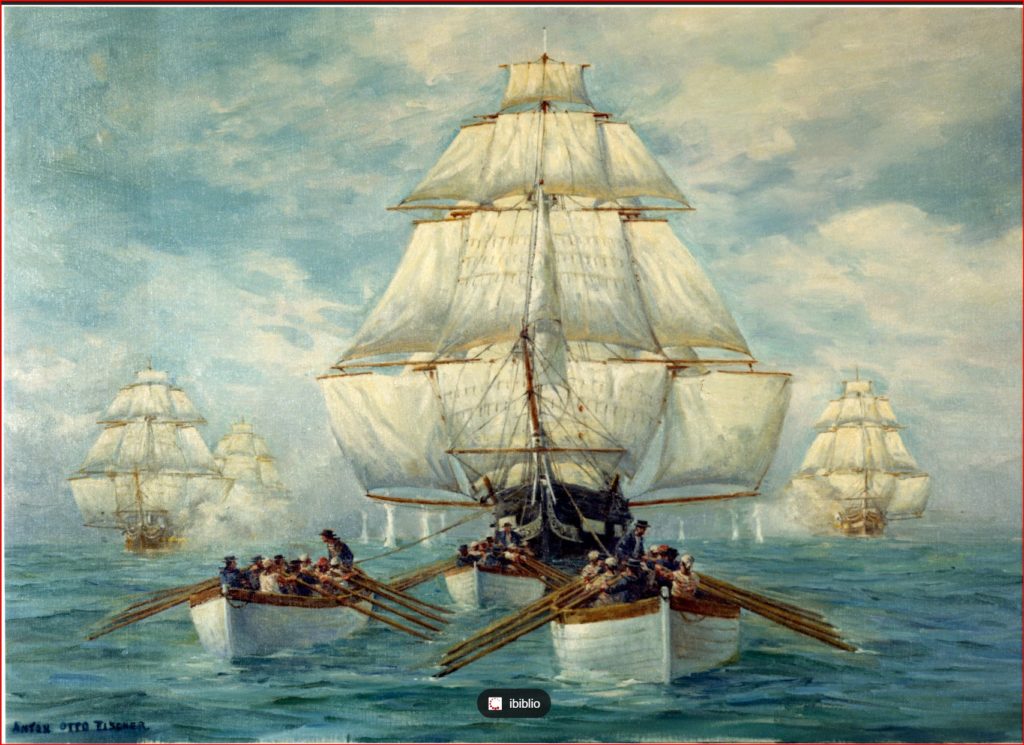
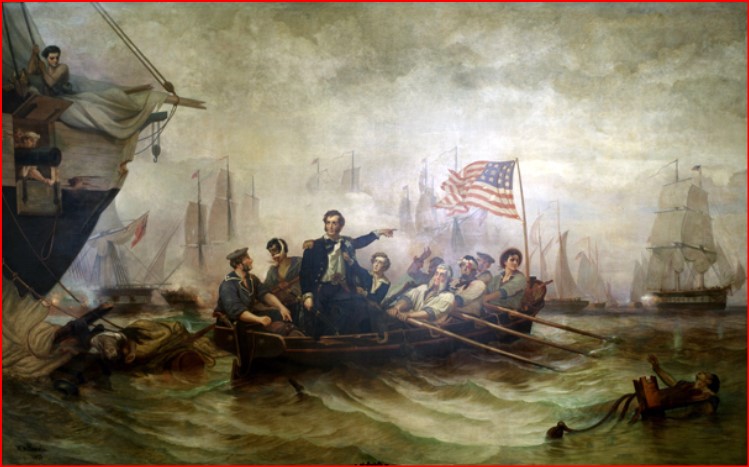
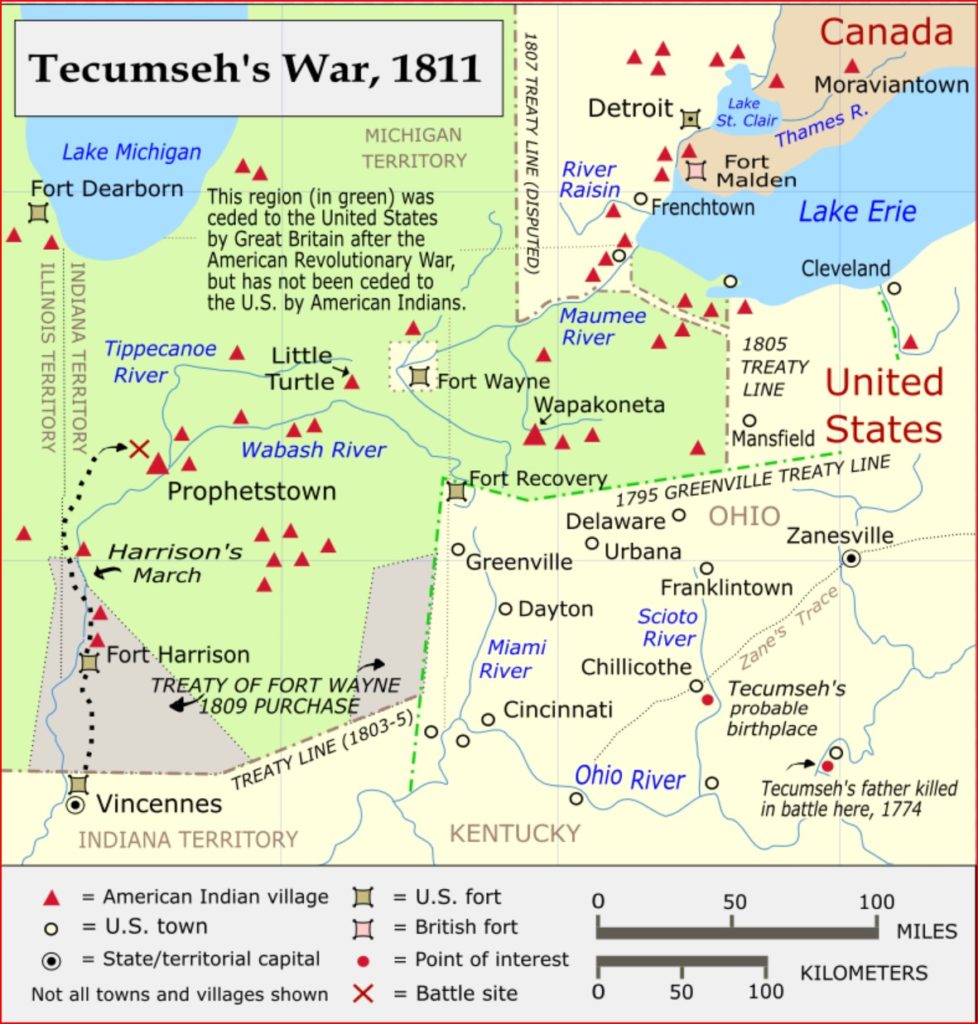

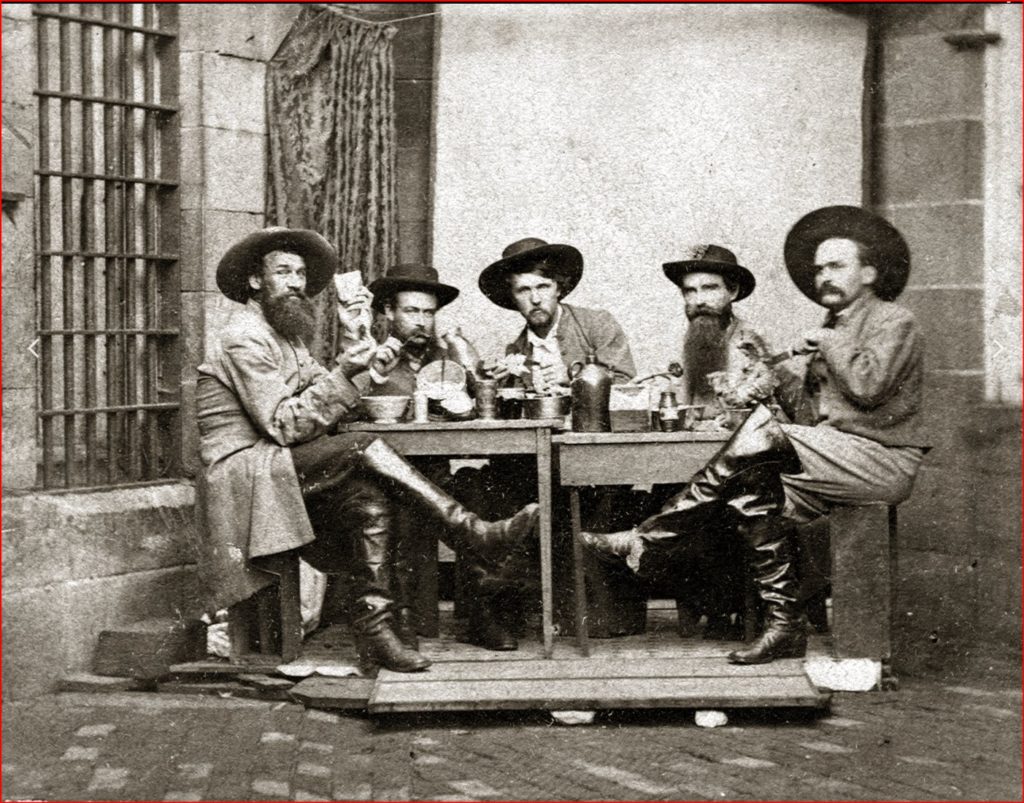
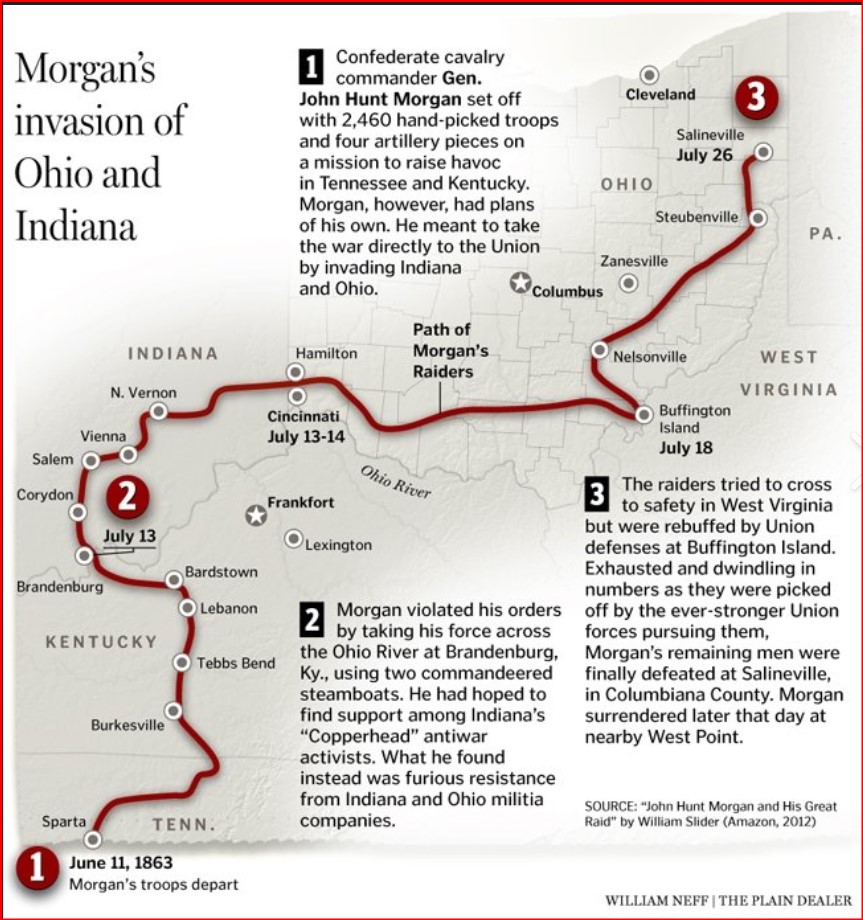
Military Presence in Ohio - Forts
Even before becoming a state, military units were in Ohio and are still here.
Before statehood The area we know as the State of Ohio was part of a much larger territory know as the Ohio Country or the Northwest Territory. It was owned at different times by France, by England, and by the United States. It was also inhabited by Native Americans. All of these groups wanted to preserve and protect the land according to their own interests. Do so, they used force.
Special buildings for housing military were built. These were forts. Since Ohio as a state didn’t exist, these forts covered the region and they will be mentioned in this article. Fort Detroit in what is now Michigan, Fort Wayne in what is now Indiana, and Fort George that is now in Canada guarded this area. Forts that were in what is now the State of Ohio include:
Special: Fort Laurens 1778 was the reference point for defining the Greenville Treaty Line.
Against British or Indians – Fort Washington, 1789. Fort Ball, 1789, Fort Recovery 1791, Fort Jefferson 1791, Fort Defiance 1794, Fort Loramie 1795
War of 1812 – Fort Ferree, Fort Meigs, Fort Franklinton, Fort Ferree, Fort Ball
Civil War – Camp Anderson, Camp Chase, Camp Jackson and Camp Dennison, Camps were constructed in 1861. Camps Anderson and Chase were POW camps for CSA captives. Camps Jackson and Dennison were training camps. Even though closed as a military camp, Camp Chase was still used as a site in the 20th century for military recruitment services such as enlistment and physicals.
Spanish American War – Camp Bushnell was opened in 1898 for the Spanish American War, and troops were mustered throughout the entire state as the 2d Ohio Volunteer Infantry.
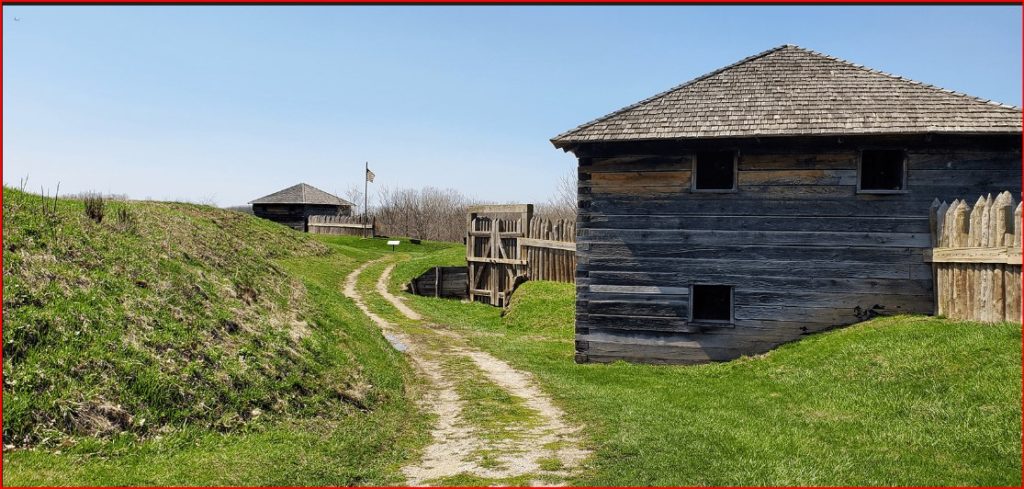
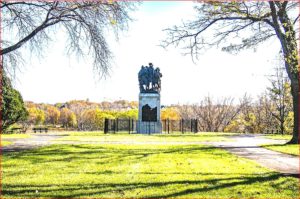
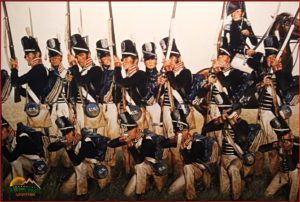
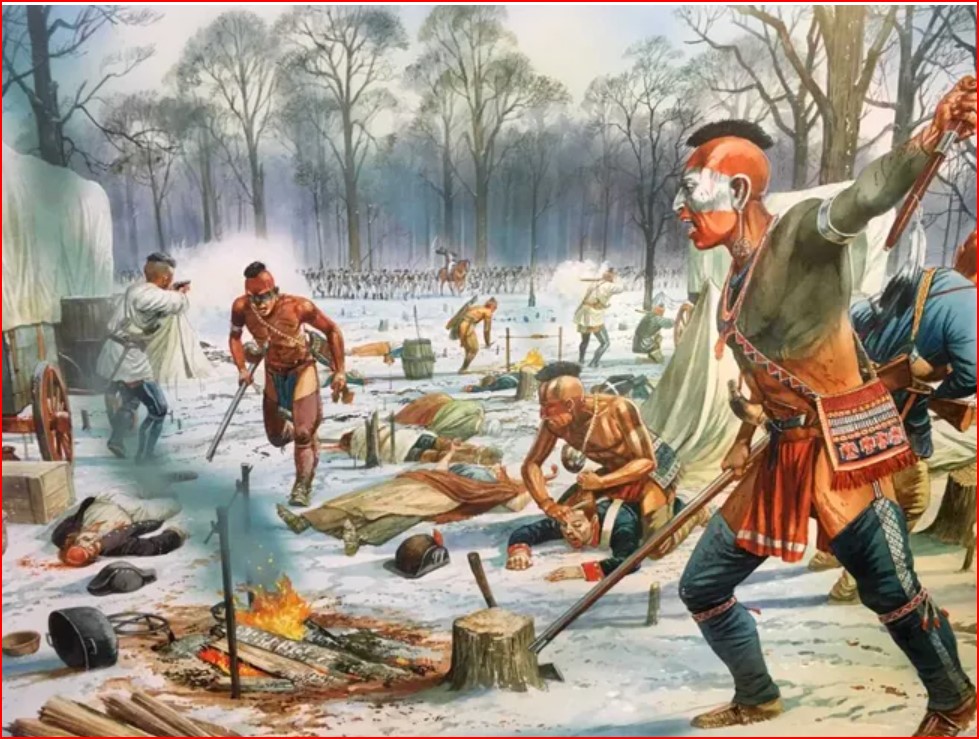
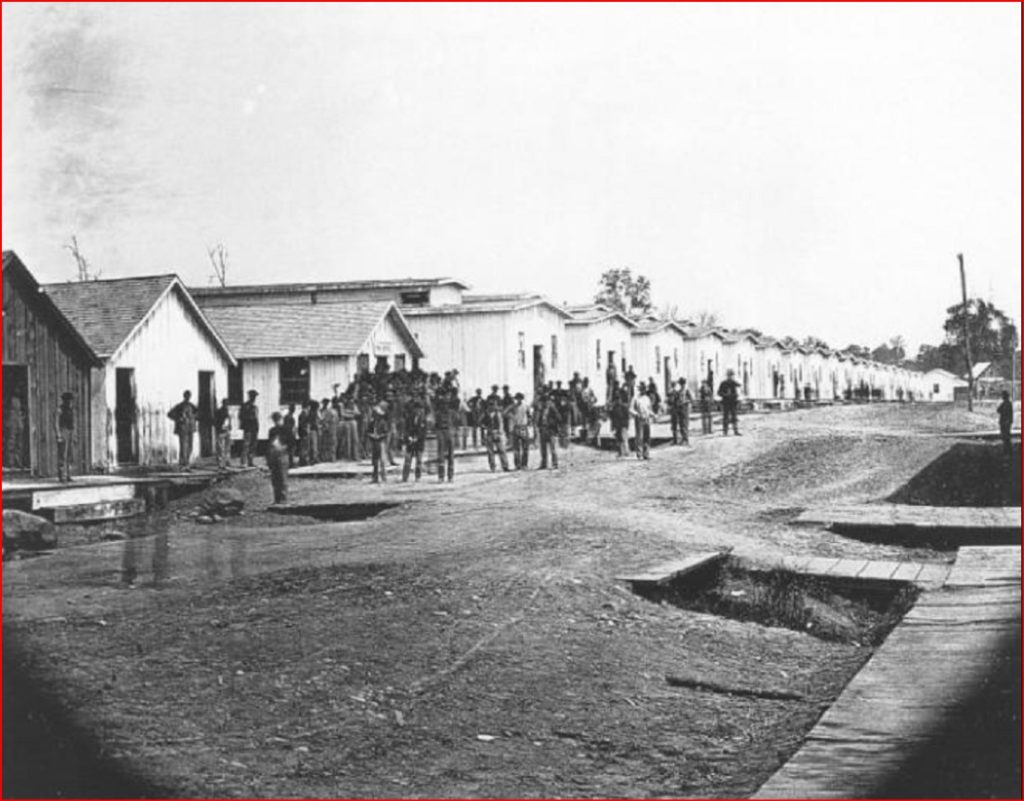
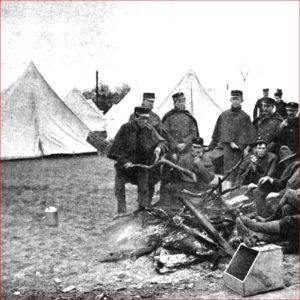
Military facilities in Ohio Today:
- Wright-Patterson AFB.
- Rickenbacker Air National Guard. Base (formerly Lockbourne AFB) also hosts Army National Guard and Navy & Marine Corps Reserve units.
- Defense Supply Agency Center – Columbus.
- Ohio National Guard – There are 120 Army National Guard units in Ohio, and 4 Air National Guard wings.
- Ohio Military Reserve – The Ohio Military Reserve is a component of the Ohio Adjutant General. It is not associated with the military services, it is similar to the old militia units of the state.
- Military Reserve – Each of the Military Services have reserve units in Ohio: Army, Navy, Marines, Air Force. The U.S. congress has not approved either reserve or national guard units for the Space Force.
- Coast Guard – Coast Guard Lake Erie, Coast Guard Ohio River. The Coast Guard mans a boat in the Ohio River, moored in Louisville, Ky.
- Recruitment Offices. All major cities in Ohio have recruiting offices. Recruiters also visit high schools and college campuses.
- ROTC and JROTC detachments. ROTC (Reserve Officer Training Corps) are manned by active duty military who serve as professors teaching military history and preparing cadets for commission. ROTC cadets spend time in the summer on military bases preparing for active service. JROTC detachments are in high schools usually manned by retired military personnel. They teach students how to prepare for military service. Both ROTC and JROTC often have drill teams and participate in school activities such as flag-raising at games or doing community service.
- Ohio has no military academies.
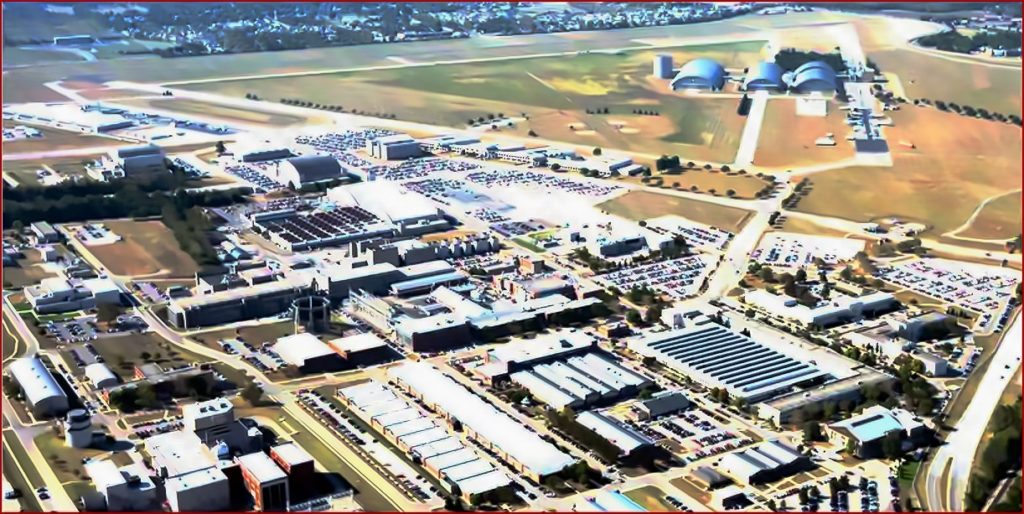
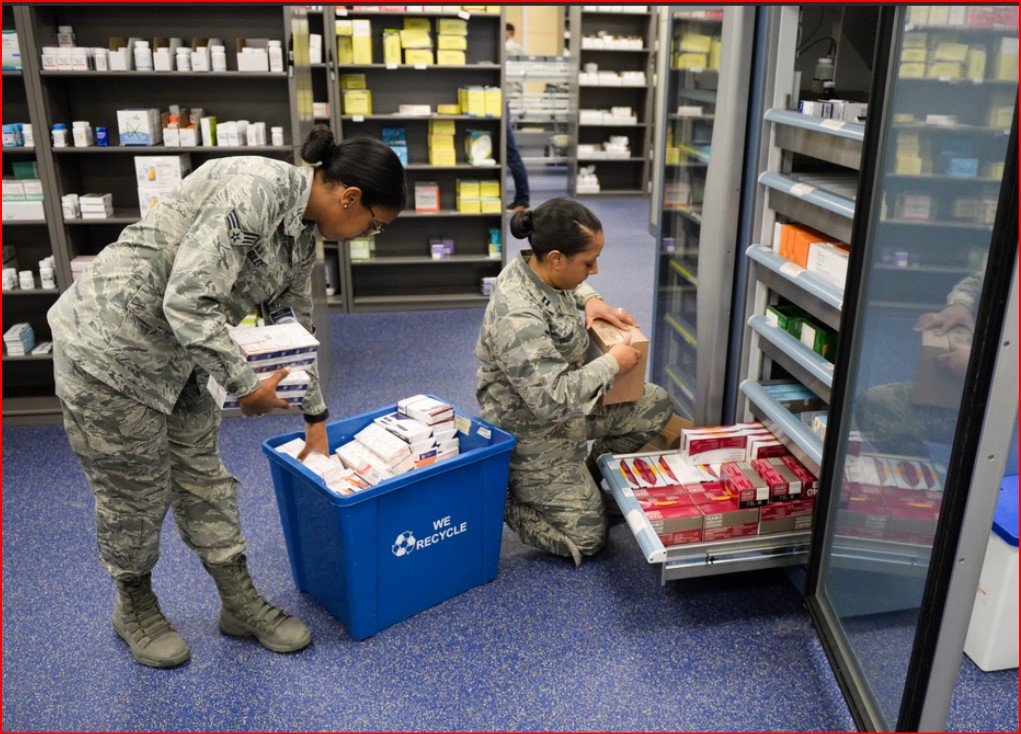

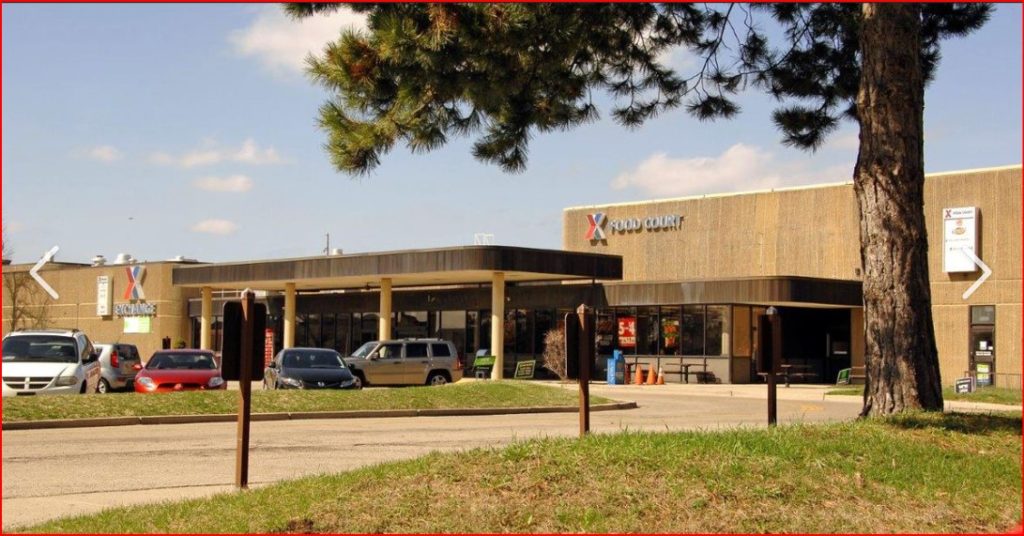
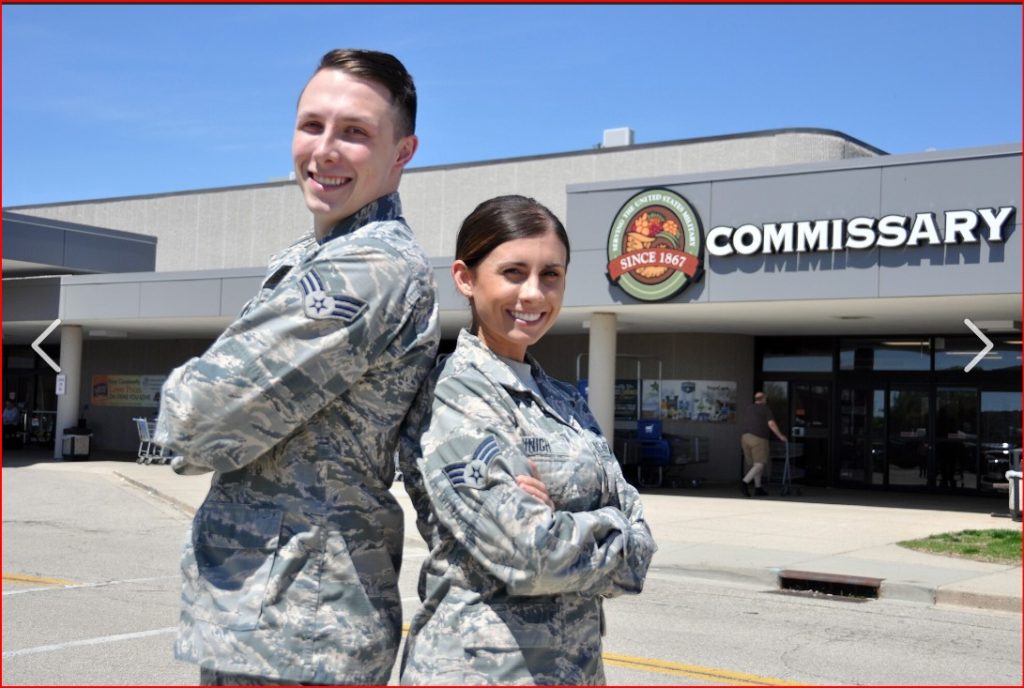
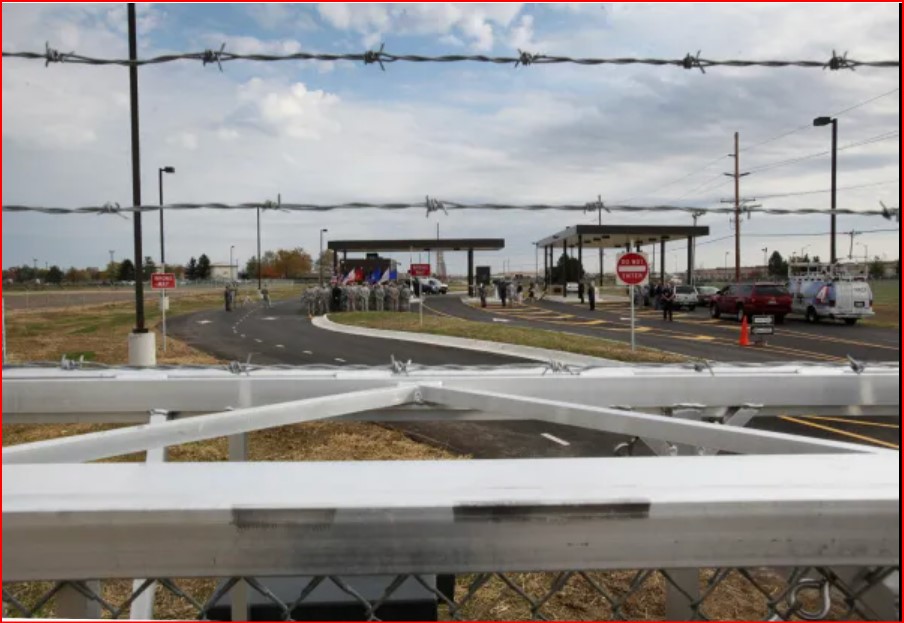

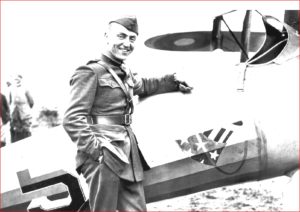


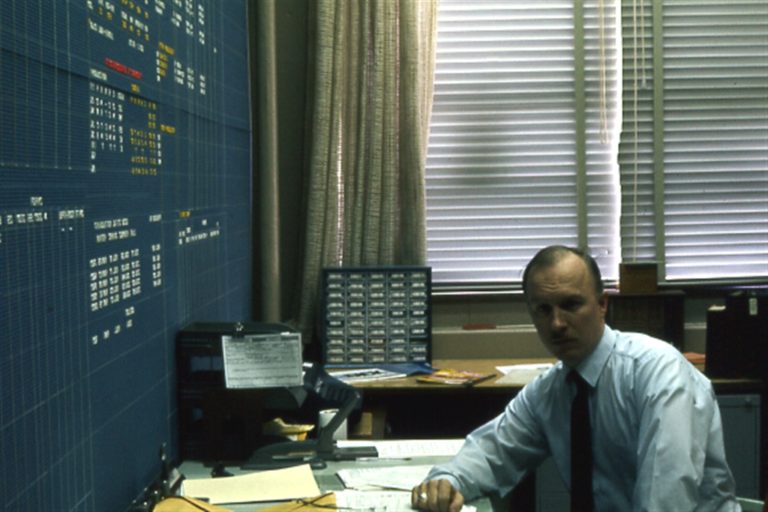
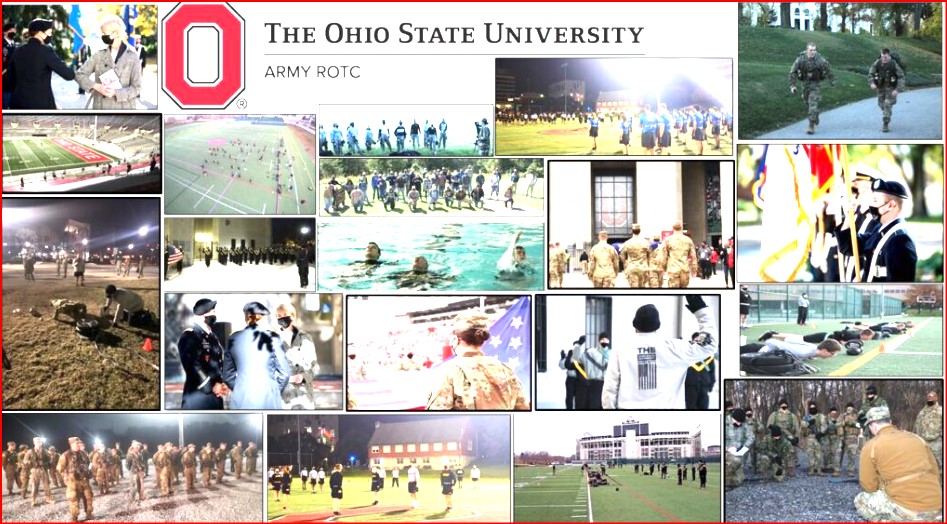
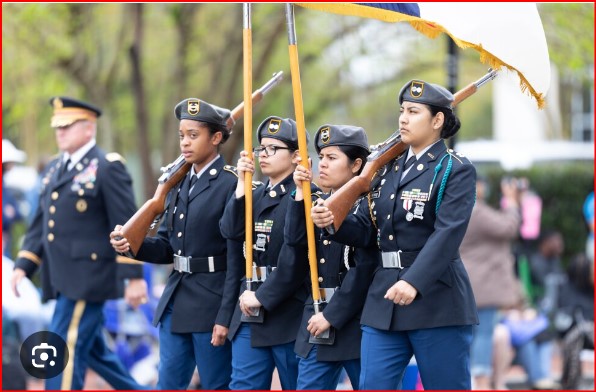
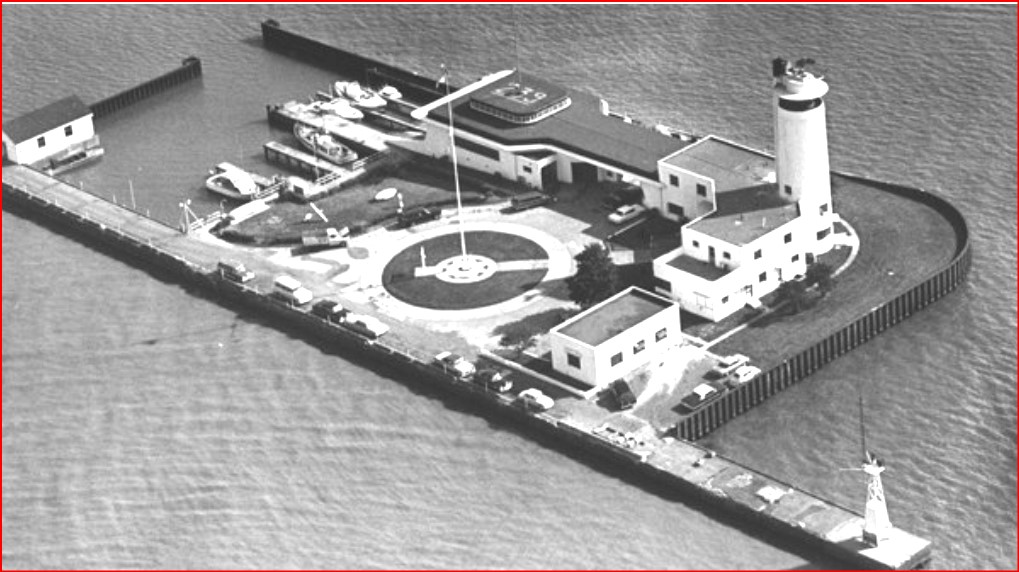
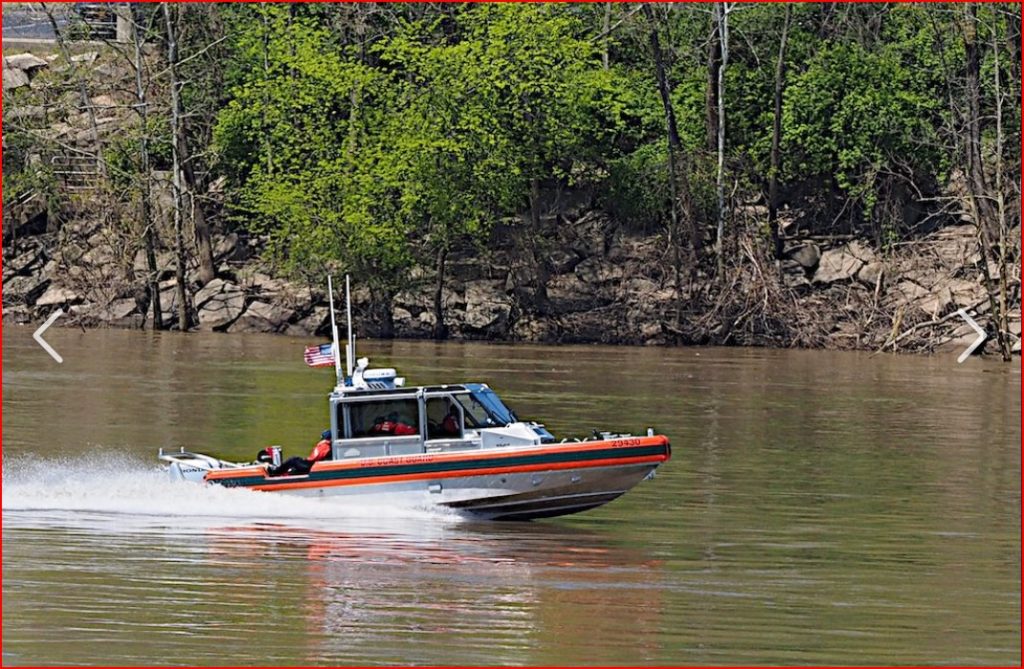
Living on a military base in Ohio
Since I am military retired, I have been asked what it like to live on a military base. Those who ask sometimes have never been on a base, so naturally they are curious. It is not mysterious. A military base is a city with a fence around it. The fence is necessary. The mission of any military base in the world is to protect that base’s country. For a U.S. base overseas, it is to protect American interests abroad. Because a military base could be a target for espionage or sabotage, the base is heavily guarded. Even if a person is a U.S. cititzen, entrance to the base is restricted to a need to know or a need to access. When a base does allow visitors, escorts might be provided. No once is permitted to enter a military base with proper identification unless someone who does have permission. (accompanied children enter with a identified adult).
What is different? The most significant difference between the base and a civilian community is the government. The government of a base is not composed of elected officials. There is no mayor or city council. The base government is a commander and his staff. They are commissioned offficers in the U.S. Armed Forces, usually on active duty. Of course, the vehicles may be different. Most towns don’t have military tanks, artillery or fighter planes. There are more people wearing uniforms than in a civilian town. Greetings between people may be different. You don’t see many saluting in a civilian town.
What things are the same? Both military and civilian towns have: fire services, police services, medical services, jails, courts, homes, schools, churches with ministers, hospitals, clinics, drug stores, grocery stores (Commisary), specialty stores (AAFES The Armed Forces Exchange Service), bowling alleys, gymnasiums, clubs, restaurants, golf courses, sometimes rivers and boats. Bases may have places to check out and use sporting goods for free – fishing tackle, canoes, kayaks, baseball bats and gloves, snow skiing gear, etc. A base may have cabins and ski lodges available. Almost all bases offer recreational discounts i.e., Disney Land, tours, tourist rentals, special military rates to museums, etc.
One thing that is really different is housing. It is often assigned by rank. Officers and enlisted are often in different areas. Higher ranking individuals may have better quarters (Is this really different?) Richer people can afford better houses. Military housing belongs to the government. The miltitary does pay rent, but not based on the quality of the home. The military are given a housing allowance which is surrendered when living in base housing. They can use the allowance to live off the base. Is the allowance enough? Not usually. That is why there is always a waiting list for base housing. Once in housing, maintenance such as repairing an appliance, obaining light bulbs, getting furniture loaned, or even checking out a lawn mower is often included. Is lawn maintenace included? It depends on your rank.
Is a military life better? Sometimes. Of course, a person who chooses the military, enters into a contract that may involve combat. Being in the military can be, and often is highly dangerous. Of course, so is the life of a law-enforcement officer or a fireman. Do I ever regret choosing the miltiary career. Never! I would do again, but I would probably choose a different career path. I would choose an officer instead of enlisted career.
Unfortunately, military assignment can be in an medically unsafe environment subjecting the military to hazardous materials such as Agent Orange or contaminated water. In Thailand, we could only drink bottled or boiled water, and I was poisoned in Camp Lejeune by contaminated water. I ended up partially disabled from resulting cancer.
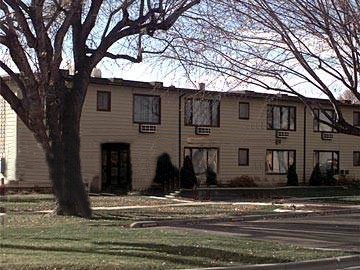
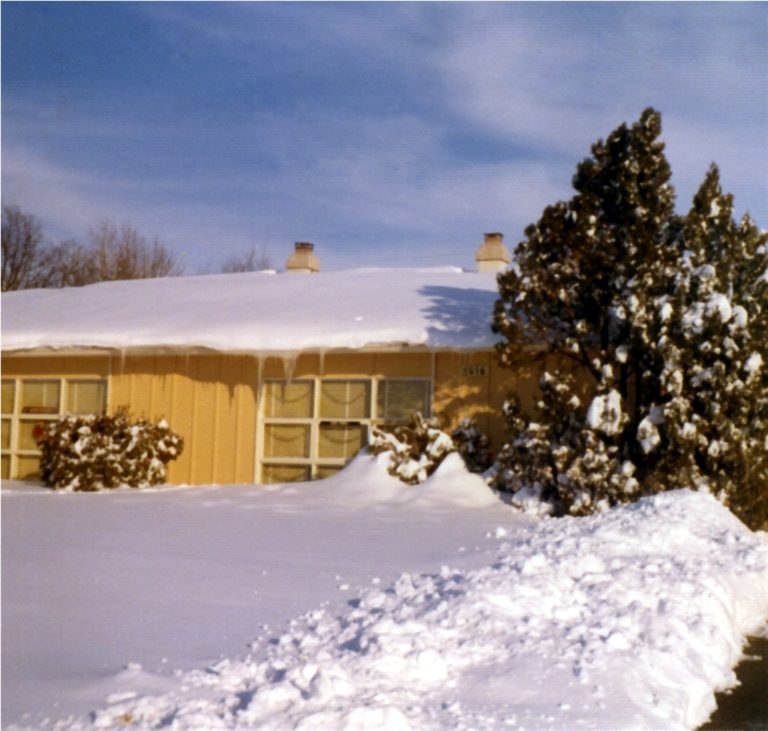
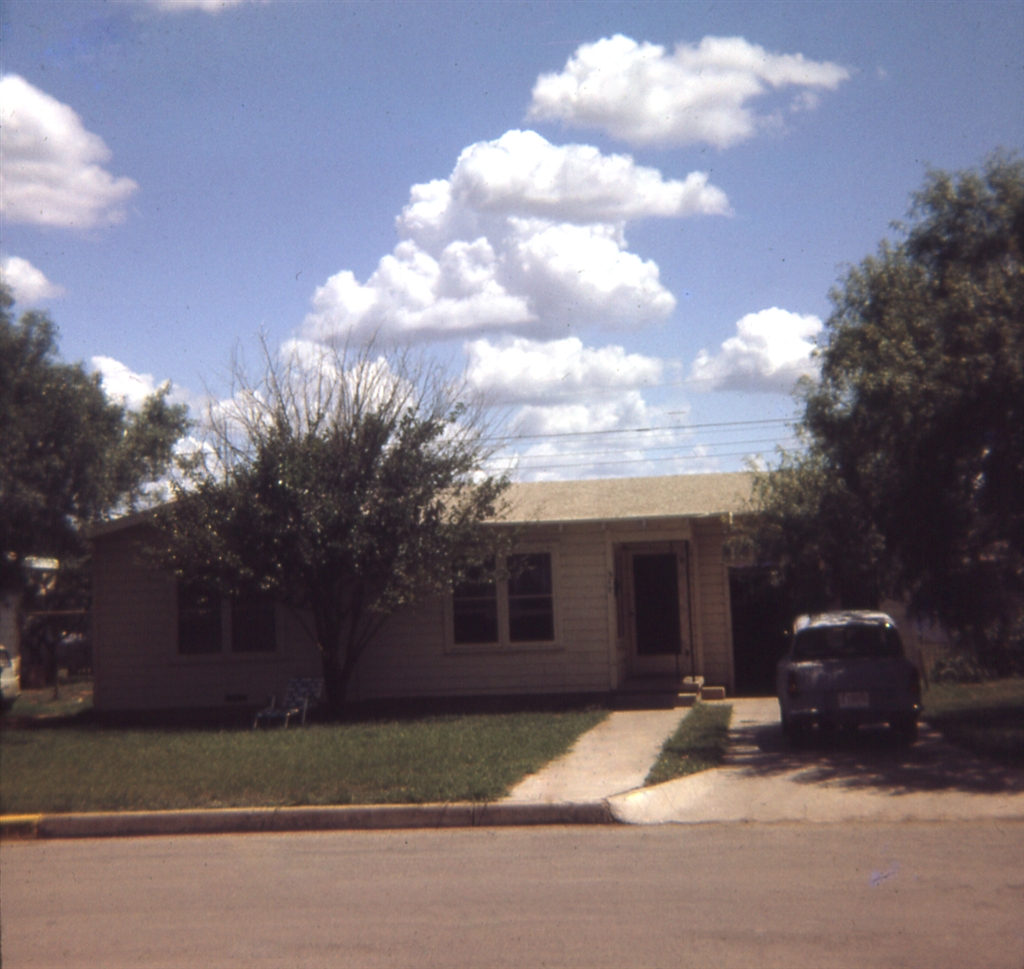
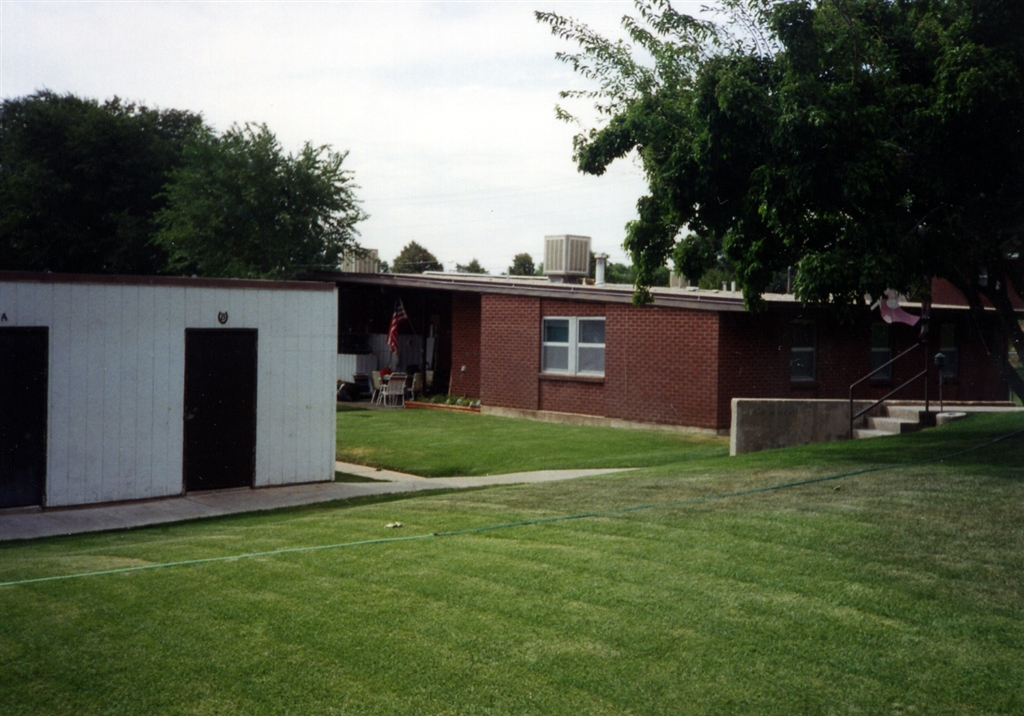
Veterans Services Organizations
- Veterans Administration (VA)
- Ohio Department of Veterans Services
- Disabled American Veterans
- American Legion
- Veterans of Foreign Wars (VFW)
- Vietnam Veterans of America (VVA)
- American Veterans (amvets)
- Wounded Warriors Project
- Vehicles for Veterans
- Homes for Veterans
- Veterans Crisis Line
Military Museums
National Veterans Memorial Museum – Columbus, Ohio. This museum is for the veteran. It shows displays about entering, serving, and separation from the military. There are pictures and information about veterans who impacted our nation’s history. Video and hand-on displays are highlights.
National Museum of the Air Force – Wright Patterson AFB, Fairborn, Ohio has four hangers showing the development of military air power from the beginning of powered flight through today’s modern aircraft. Presidential aircraft are displayed along with missiles and spacecraft. There are many videos and dioramas. Two cafe areas are in the museum along with a great gift shop that has models, clothing, and books. The museum admittance and parking are free. Handicapped powered scooters and wheelchairs are available at no charge. The second level has elevators. There are two features that have admittance charges, the IMAX theater and a selection of simulator and virtual reality rides.
Mott’s Military Museum – Groveport, Ohio. Mott’s has both indoor and outdoor displays. Items used in the military, clothing, medical equipment, weapons, food service items, and information about historical military events are to found. This is a museum where you really can’t see everything in a one-day visit. I believe is the best and the most comprehensive museum of its kind. It has a special 9/11 display.
MAPS Air Museum – North Canton, Ohio. Besides aircraft displays. there are some special memorial projects and some private on-loan exhibits.
Central Ohio Military Museum – Harrisburg, Ohio. Besides displays of veteran’s letters, photos and memorabilia, this museum hosts and promotes military flee markets, music jamborees, veteran’s car shows
Miami Valley Military History Museum – Fairborn, Ohio displays artifacts and provides services such as flag disposal, medals replacements, etc.
Miami Valley Veterans Museum – Troy, Ohio. Hosts special events, outreach programs and contains memorabilia from Miami Valley veterans.
Northeast Ohio Museum of Military Vehicles (various references, but no website)
Ohio Veterans Home Military Museum (located in the Veterans Home in Sandusky, Ohio). This facility is part of the Ohio Department of Veteran’s Services.
Tri-State Military Veterans Museum – Belmont, Ohio. Large amount of military memorabilia with hands on displays of pictures, clothing, uniforms, etc.
American Civil War Museum of Ohio – Tiffin, Ohio. Learn about the issues behind the Civil War, battles, life of the soldier, leaders, medicine, POW life and life of civilians during he war.
New Richmond Military Museum (No website yet. Opens May 28, 2024)
Historical Aircraft Squadron Museum – Lancaster, Ohio at the Fairfield County Airport. The mission is restoration and display of former military aircraft.
Many county and city museums have military sections
